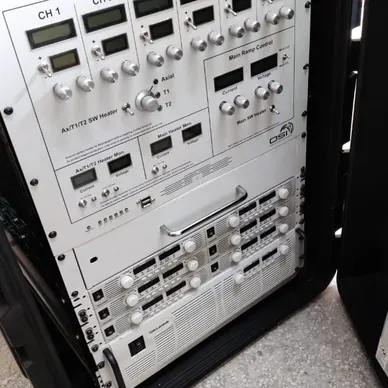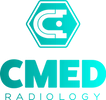Quick Enquiry

Ramping/Shimming of MRI

What Is Ramping and Shimming in MRI?
Ramping refers to the process of increasing the magnetic field in an MRI machine to its operational level. It’s kind of like revving up the engine of a car before you hit the road. Without this step, the MRI wouldn’t have the strong magnetic field needed for detailed imaging.
On the other hand, shimming is the process of fine-tuning that magnetic field to ensure it’s perfectly uniform across the entire area being scanned. Think of shimming as adjusting the focus on a camera lens. Without it, the images can appear blurry or distorted, making diagnosis difficult.
Why Your MRI Needs Expert Ramping and Shimming
Ramping/Shimming of MRI - CMED
When it comes to ramping/shimming of MRI, it’s a job that needs precision. These steps are vital in maintaining the quality and consistency of the MRI’s magnetic field, which directly impacts image quality.
How Does Ramping Work?
Ramping refers to the gradual increase in production or operational capacity to meet demand. In business, it often involves scaling up resources, such as personnel and equipment, in a controlled manner. This process allows companies to manage growth effectively, minimizing risks associated with sudden changes. Ramping can apply to various contexts, including manufacturing, software development, and service delivery. It ensures that quality remains consistent while meeting customer needs, ultimately leading to better resource allocation and operational efficiency.
The Science Behind Shimming
Ramping refers to the gradual increase in production or operational capacity to meet demand. In business, it often involves scaling up resources, such as personnel and equipment, in a controlled manner. This process allows companies to manage growth effectively, minimizing risks associated with sudden changes. Ramping can apply to various contexts, including manufacturing, software development, and service delivery. It ensures that quality remains consistent while meeting customer needs, ultimately leading to better resource allocation and operational efficiency.
H3: Types of Shimming
Shimming can be done in two ways:
1.Passive Shimming: Adding small metal plates at specific points inside the MRI machine to balance the magnetic field.
2.Active Shimming: Using electrical currents to adjust the field dynamically.
Both methods are crucial for ensuring uniformity in the magnetic field, which is essential for obtaining high-resolution images.
Why Trust CMED for Ramping and Shimming?
Expertise That Matters
When it comes to ramping/shimming of MRI, CMED stands out for its precision and expertise. CMED uses specialized tools and cutting-edge technology to ensure that each MRI machine is brought up to operational standards quickly and safely.
H3: Reduced Downtime
When it comes to ramping/shimming of MRI, CMED stands out for its precision and expertise. CMED uses specialized tools and cutting-edge technology to ensure that each MRI machine is brought up to operational standards quickly and safely.
H3: Comprehensive Support
With CMED, you’re not just hiring a service—you’re getting a partner who understands the critical role of MRI machines in modern healthcare. From initial ramping to final shimming, they offer full-spectrum support to ensure everything goes without a hitch.
Why Ramping and Shimming Should Be Your Priority
The quality of your MRI machine’s imaging isn’t just about hardware—it’s about precision.
Ramping ensures the machine is at the correct magnetic field, and shimming fine-tunes that field for perfect images. Without these processes, even a high-end MRI machine won’t deliver the accurate scans your patients depend on.
In fact, studies show that facilities with regularly calibrated MRI machines have 20% fewer misdiagnoses. That’s a difference that could save lives and enhance your facility’s reputation for excellence.
Are you ready to optimize your MRI performance with CMED?
